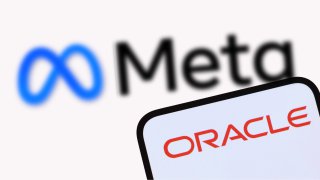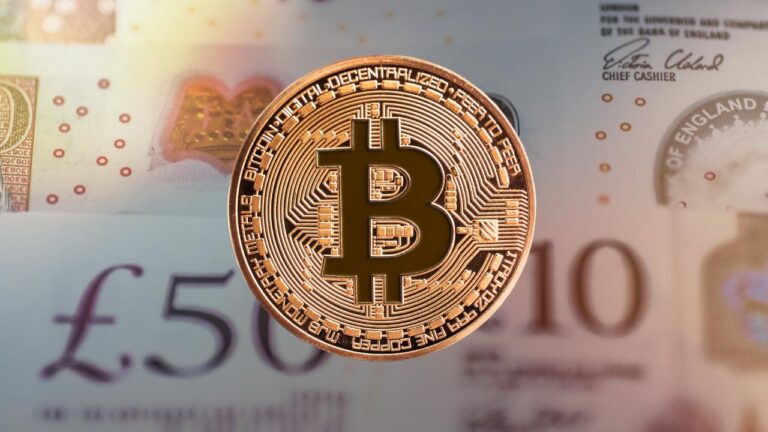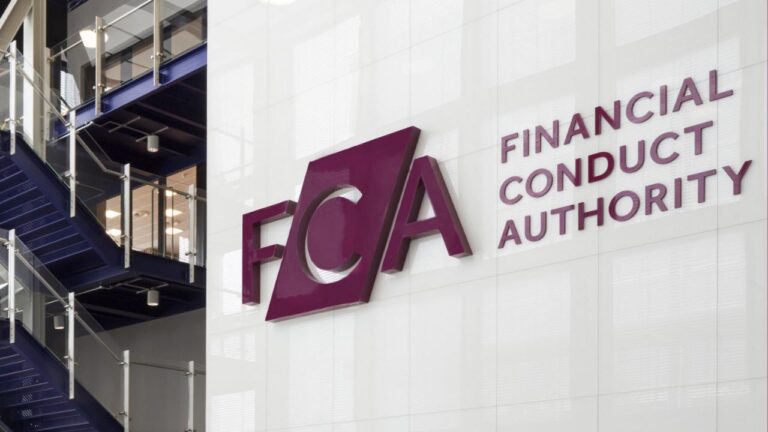Low-Risk DeFi Could be the solution to Ethereum’s Sustainability, Buterin

TL;DR Breakdown
- Vitalik Buterin believes low-risk DeFi can be for Ethereum what search was for Google
- Buterin believes it can generate revenue for the network while fulfilling Ethereum’s founding ideals
- Buterin believes that DeFi has matured into Ethereum’s most sustainable application that can lock ETH as collateral and generate revenue via transaction fees.
In a recent blog post, Ethereum’s co-founder Vitalik Buterin stated that low-risk DeFi can be for Ethereum what Search is for Google: a sustainable application that stays true to the project’s founding ideals while generating revenue and providing an invaluable service for its users and the network.
Why low-risk DeFi and why now?
Vitalik defines low-risk DeFi as both the basic function of payments, as well as tools like synthetic assets, collateralized lending, and interchangeability between the assets. He believes that low-risk DeFi provides irreplaceable value and stays true to the network’s founding ideals, both for the application layer and the network’s technical properties.
Buterin stated that he was “suspicious” of DeFi initially, as most revenue from DeFi seemed to be from liquidity farming incentives or trading of speculative, volatile tokens, neither of which was sustainable for long-term development. However, he blamed this partly on Gary Gensler and other regulators who created a system that rewards complacency, and any application providing a clear real-world application or guarantees to investors was likely to be deemed a security.
Moreover, a stable core of applications is forming as experimental and speculative practices get pushed out from the spotlight. This decreases risk for the investors and increases trust in both the DeFi applications as well as the Ethereum network as a whole.
The unique value of low-risk DeFi
Buterin highlighted the aspects of low-risk DeFi that make it ideal for the sustainable growth of ETH. Low-risk DeFi contributes significantly to the economy of ETH and the Ethereum network, both by utilizing ETH as collateral and generating revenue in the form of transaction fees. Low-risk DeFi grants global access to users seeking to trade or hold mainstream assets that traditional finance is not able to provide. Furthermore, low-risk DeFi does not give Ethereum an incentive to centralize at Layer 1 (L1) over high-frequency trading optimizations, as they can live on L2 if needed.
Buterin adds that Ethereum needs to avoid the major flaw in Google’s incentive strategy that encourages it to collect as much data as possible from its users and hold it proprietary. This flaw can be fatal for Ethereum as the network aims for DeFi to be truly decentralized and provide democratized access to payments across the globe.
While speaking on low-risk DeFi‘s future, Buterin stated that he believes low-risk DeFi could evolve away from US-based stablecoins and utilize basket currencies and flatcoins based on consumer price indices. Moreover, if prediction markets become more stable and mature, they can be used for hedging. Once the network has a mature ecosystem of both financial and non-financial activities, financial inclusion can be increased by exploring “reputation-based undercollateralized lending.”
However, a greater focus on low-risk DeFi is needed to guide and maintain its congruence with Ethereum’s ideals, while promoting its growth and development can massively enhance Ethereum’s economic sustainability.






